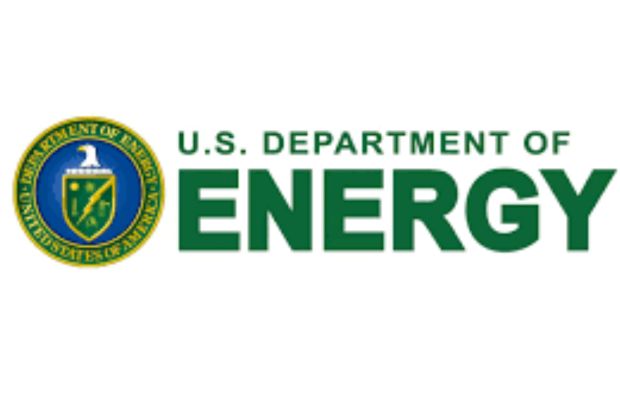







The U.S. Department of Energy (DOE) has announced $90 million in funding to assist states and cities in implementing updated energy codes for both commercial and residential buildings. This funding is part of the $225 million Resilient and Efficient Codes Implementation (RECI) initiative established by the Bipartisan Infrastructure Law, which aims to lower energy bills and reduce greenhouse gas emissions across the nation [71799a22]. The latest round of funding supports 25 new projects nationwide, building on an initial $90 million allocated for 27 projects announced in July 2023 [71799a22].
Among the companies awarded funding are AeroShield Materials, Luxwall, Vitro Architectural Glass, and Oldcastle BuildingEnvelope® [71799a22]. Selected projects include initiatives from the American Council for an Energy-Efficient Economy, California Energy Commission, Karpman Consulting, New Buildings Institute, Southeast Energy Efficiency Alliance, Utah Clean Energy Alliance, and Virginia Department of Housing and Community Development [71799a22]. This funding aligns with the DOE’s broader strategy outlined in the 'Decarbonizing the U.S. Economy by 2050' blueprint, which emphasizes the importance of energy-efficient building practices [71799a22].
In addition to these funding initiatives, the DOE has launched several 'Better Building' initiatives aimed at enhancing energy efficiency across various sectors [2afb7aed]. One of these initiatives, the 'Better Buildings Commercial Building Accelerator', focuses on producing higher efficiency and cost-effective heat pump rooftop units by collaborating with public and private sector leaders [2afb7aed]. Heat pumps are increasingly recognized for their efficiency, being three to five times more energy efficient than traditional natural gas boilers [2afb7aed].
However, the rapid growth of the energy efficiency sector faces a significant challenge: a dire need for skilled workers. The energy efficiency industry currently employs nearly 2.3 million workers, which is 2.1 times more than the fossil fuel industry [88942d42]. Yet, with the average American household using 30% more energy than necessary, costing around $60 per month, there is an urgent call for workforce development to fill these critical roles [88942d42].
The California Heat Pump Partnership, a public-private collaboration, aims to install 6 million heat pumps in California by 2030, leveraging state resources and consumer marketing campaigns to drive adoption [5ba0045f]. Currently, only about 800,000 homes in California utilize heat pumps, indicating significant potential for growth in this area [5ba0045f].
Moreover, the DOE's initiatives are complemented by a renewed interest in nuclear power and thermal energy storage technology as essential solutions for meeting clean energy demands and combating climate change [3710bb60]. The Biden administration and Republicans are increasingly supportive of nuclear power, while thermal energy storage is being explored to facilitate long-duration energy storage [7d8346b4].
Research from the National Renewable Energy Laboratory (NREL) supports the transition to heat pumps, indicating that they can reduce carbon emissions across all states, even when powered by coal [92c6fdb6]. The NREL's findings suggest that switching to heat pumps could lower total carbon emissions in the U.S. by 5 to 9% [92c6fdb6]. As demand for heat pumps grows, they have outsold gas furnaces for the first time in the U.S. last year [ced7d2d2].
Trane Technologies has also introduced a new residential HVAC product portfolio featuring heat pumps with next-generation refrigerants that have a significantly lower global warming potential [3167c6b7]. This aligns with the broader industry trend towards more sustainable and efficient building technologies, supported by government incentives and funding initiatives aimed at reducing greenhouse gas emissions [3167c6b7].
To address the skills gap, federal investments have been made in workforce development, and various training programs are available to prepare workers for jobs in the energy efficiency sector [88942d42]. As the industry continues to expand, the focus on creating jobs in manufacturing, installation, and supply chains will be crucial for sustaining economic growth and combating climate change [88942d42].